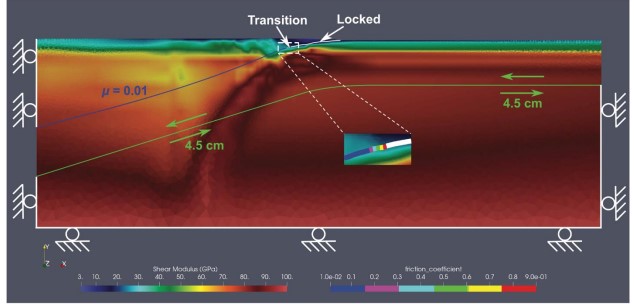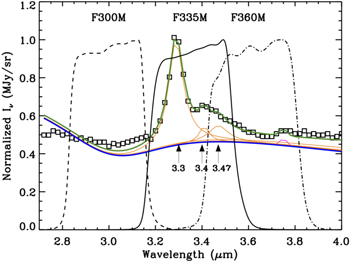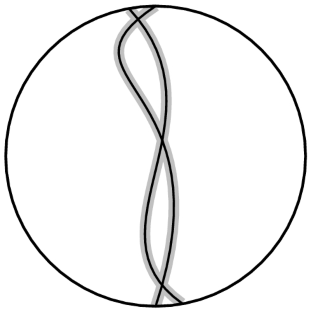2023-02-16 テキサス大学オースチン校(UT Austin)
◆この発見は、断層がいつ、どの程度激しく動くかを理解する鍵になるかもしれない。しかし、この発見によって、研究者は、被害が大きい大地震が起こる原因や可能性を調査するための貴重な新しい方法を得ることができる、と著者らは述べている。
◆この発見をするために、研究者達は、ニュージーランド沖のよく研究されている断層の岩石とコンピューターモデルを組み合わせたテストを考案し、断層内の粘土質の多い岩石が非常にゆっくりと治るので、無害な種類の「スローモーション」地震が数年ごとに起きるという計算に成功しました。
◆研究者たちがテストした岩石のサンプルは、ニュージーランドの断層で海底から約0.5kmのところから掘削されたものです。油圧プレスで断層帯の岩石を絞ったところ、非常に回復が遅く、簡単に滑ってしまうことがわかった。この岩石のデータを断層のコンピューターモデルに当てはめたところ、2年ごとに小さなスローモーションの揺れが発生し、ニュージーランドの断層の観測結果とほぼ一致することがわかった。
<関連情報>
- https://www.jsg.utexas.edu/news/2023/02/earthquake-scientists-have-a-new-tool-in-the-race-to-find-the-next-big-one/
- https://www.science.org/doi/10.1126/science.adf4930
繰り返されるスロースリップ現象を説明する超低摩擦係数ヒーリング Ultralow frictional healing explains recurring slow slip events
Srisharan Shreedharan,Demian Saffer,Laura M. Wallace,Charles Williams
Science Published:16 Feb 2023
DOI:https://doi.org/10.1126/science.adf4930

Silently not able to heal
Faults on the Earth rupture over time but do not always produce earthquakes. Such aseismic, or slow slip, events are an important way to release stress. Shreedharan et al. determined the frictional healing properties of a slow slip portion of the Hikurangi fault in New Zealand. They found that the ability of the material to strengthen after failure was limited, unlike for earthquake-producing events. These observations could explain why these shallow, slow slip events happen frequently and at low stress. —BG
Abstract
Plate motion on shallow subduction megathrusts is accommodated by a spectrum of tectonic slip modes. However, the frictional properties and conditions that sustain these diverse slip behaviors remain enigmatic. Frictional healing is one such property, which describes the degree of fault restrengthening between earthquakes. We show that the frictional healing rate of materials entrained along the megathrust at the northern Hikurangi margin, which hosts well-characterized recurring shallow slow slip events (SSEs), is nearly zero (<0.0001 per decade). These low healing rates provide a mechanism for the low stress drops (<50 kilopascals) and short recurrence times (1 to 2 years) characteristic of shallow SSEs at Hikurangi and other subduction margins. We suggest that near-zero frictional healing rates, associated with weak phyllosilicates that are common in subduction zones, may promote frequent, small-stress-drop, slow ruptures near the trench.



